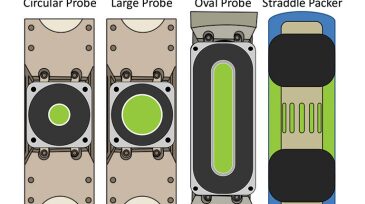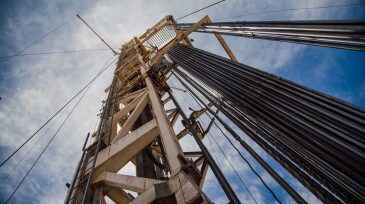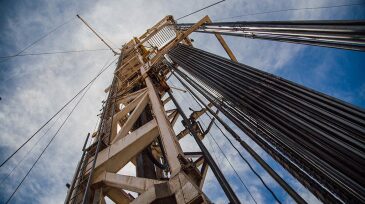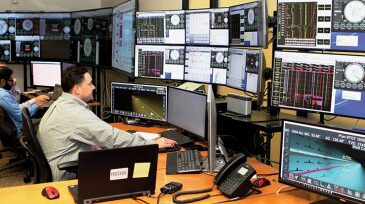automation
-
Predicting the trajectory of a satellite, or a well, requires sophisticated analysis to reduce the huge uncertainties. That adds to the many things drillers should be thinking about, which can be overwhelming.
-
The pressure pumping giant turns to algorithms to get better fractures and fewer problems.
-
A software program has evolved from predicting future well output to showing engineers the many ways their ideas could affect asset performance.
-
This paper bridges the gap between operational petrophysicists and FTS specialists, introducing an automated work flow by which petrophysicists can conduct FTS jobs.
-
When the drilling crew arrives for the morning meeting, the computer will have generated its daily operations report.
-
Drilling customers would like to be able to buy the hardware they need from the vendor of their choice and plug it into an automated system, but the companies creating the control systems say they can not afford to do that.
-
Drilling relies on complex webs of wired machines generating enormous amounts of data that need to be shared. But getting the appropriate data in the right hands is a problem.
-
What are the real opportunities for disruptive step change that will help us to catch up and leapfrog other industries that have given rise to companies such as Amazon, Google, and Apple, and have driven the renewal of the auto, airline, and transportation industries?
-
Software that offers turn-by-turn directions for drilling a horizontal well could drastically reduce the number of directional drillers.
-
A new spread of stimulation equipment from the world’s largest service company demonstrates the latest significant step to creating a more automated oilfield.










